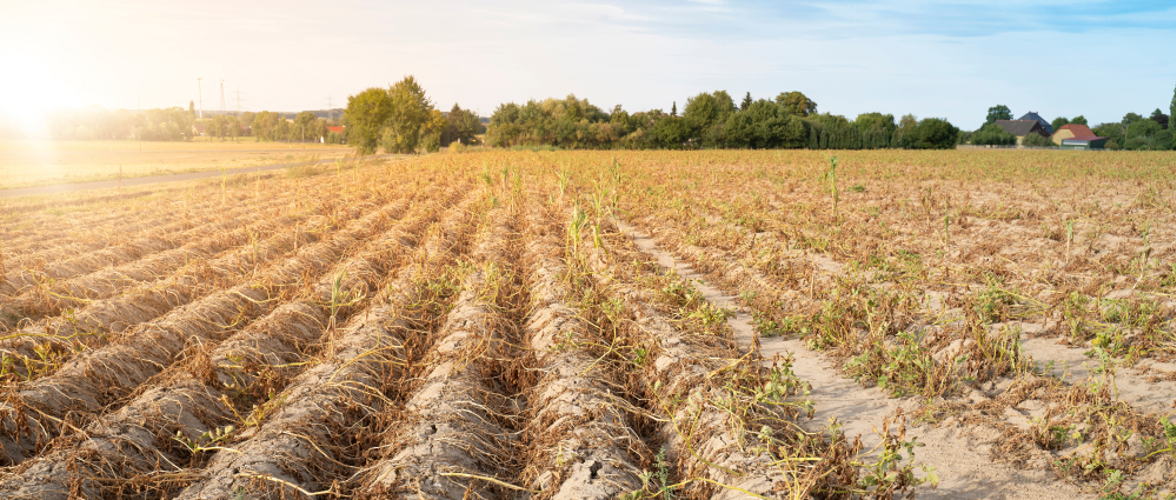Key Takeaways
- Easing supply chain disruptions are anticipated to reverse price increases experienced over the second half of 2021-22.
- Improved supply conditions will likely boost downstream food manufacturers’ performance and support consumer demand.
- Producers will need to manage these volatile market conditions to ensure they don’t get locked into adverse price changes.
Food and beverages account for a majority of agricultural output. Therefore, substantial increases in fuel and fertiliser costs and global shortages in wheat and other grains have affected food prices over the past year. Supply chain disruptions in response to the COVID-19 pandemic and the Russia-Ukraine conflict have largely exacerbated these factors.
Fluctuations in food and non-alcoholic beverage prices contribute significantly to overall inflation figures. The producer price index (PPI), which measures the change in output prices that producers receive, rose by 10.3% for the agriculture sector during 2021-22. Higher output costs are expected to benefit export-oriented industries. For example, exports account for over two-thirds of revenue for the Grain Growing industry.
Rising input costs have partly driven higher output costs. For example, the domestic price of fertiliser rose more than 85% during 2021-22. While this increase helped to boost revenue for the Fertiliser Manufacturing industry, the higher costs also affected demand volumes from farmers. Furthermore, profit margins for the industry fell, with the cost of fertiliser inputs, such as urea and potash, increasing dramatically.
Although fertiliser and fuel costs are expected to decline overall in 2022-23, the ongoing Russia-Ukraine conflict is expected to continue to constrain supply, meaning costs will remain significantly above those recorded in 2020-21. However, demand from fruit and vegetable farmers is expected to rise as they increase their plantings. This trend is expected to be particularly evident in New South Wales and Queensland, where floods devastated many farmers during the second half of 2021-22.

The floods across New South Wales and Queensland also disrupted supply of major staple food items, such as vegetables, leading to higher prices for consumers at the checkout. The floods ruined crops and damaged roads, severely restricting supply to downstream retailers.
Shoppers have responded to higher vegetable prices by purchasing canned and frozen vegetables over fresh options. Increased demand for processed vegetables has risen, which has generated more revenue for the Supermarkets and Grocery Stores industry’s larger players, such as Woolworths and Coles.
Increased demand for these lower cost food items is also anticipated to weigh on supermarkets’ and vegetable growers’ profit margins in the current year. However, vegetable prices are expected to fall from August through to December, which will likely see downstream consumer demand swing back to fresh vegetables.
This trend is anticipated to boost vegetable growers’ revenue and profit as sales volumes increase. Supermarkets and grocery stores’ profit margins are also anticipated to rise, as fresh vegetables are more profitable than processed vegetables. Given the changing downstream consumer demand conditions, retailers will need to allocate greater shelf space towards increased supply of fresh produce, while avoiding overstock of processed alternatives.
The Russia-Ukraine conflict has also led to a significant increase in the price of wheat and other grains, as Russia and Ukraine are both significant global suppliers of these foodstuffs. The Grain Growing industry in Australia has benefited from this price increase, which has coincided with increased wheat and grain output. However, Russia’s recent agreement to allow Ukrainian grain exporters greater access to ports is expected to place downward pressure on wheat and coarse grain prices in 2022-23.
Consequently, grain growers should focus on locking in price and supply agreements to ensure customers don’t buy cheaper grain from Ukrainian suppliers. Conversely, grain purchasers should seek to optimise their supply chains so they can best benefit from any substantial falls in grain prices. A fall in grain prices will likely make downstream food items such as pasta, bread and other baked goods cheaper in the current year. This trend is expected to improve profitability for downstream manufacturers, and for supermarkets and hospitality establishments.
Domestic beef and lamb prices increased strongly during 2021-22, constraining domestic consumer demand. However, meat processors and beef cattle and sheep farmers have benefited from these price increases. On the other hand, sharper rises in beef and lamb will likely encourage greater chicken consumption, benefiting the Poultry Processing industry. Ultimately, this substitution will undermine beef prices. Furthermore, COVID-19 lockdowns in China are causing significant disruption at the nation’s ports, constraining the flow of imports.

Consumer prices for milk and other dairy products increased by approximately 3% during 2021-22 – a slower rate compared with several other food and beverage categories. Global supply chain disruptions and falling local supply, due to a declining national dairy cattle herd, boosted farmgate prices and export prices for dairy commodities.
Unlike trends in other food products, farmgate milk prices are expected to continue rising during 2022-23. This trend is expected to boost the Dairy Cattle Farming industry’s profit margins for the second year in a row. However, the declining national dairy cattle herd is expected to constrain farmers’ demand for inputs, such as feed and fertiliser.
Consequently, finished dairy product prices are expected to remain high for domestic consumers during the year. As higher prices generally weaken consumer demand, dairy product manufacturers may have to partially sacrifice their profit margins to support downstream demand.





